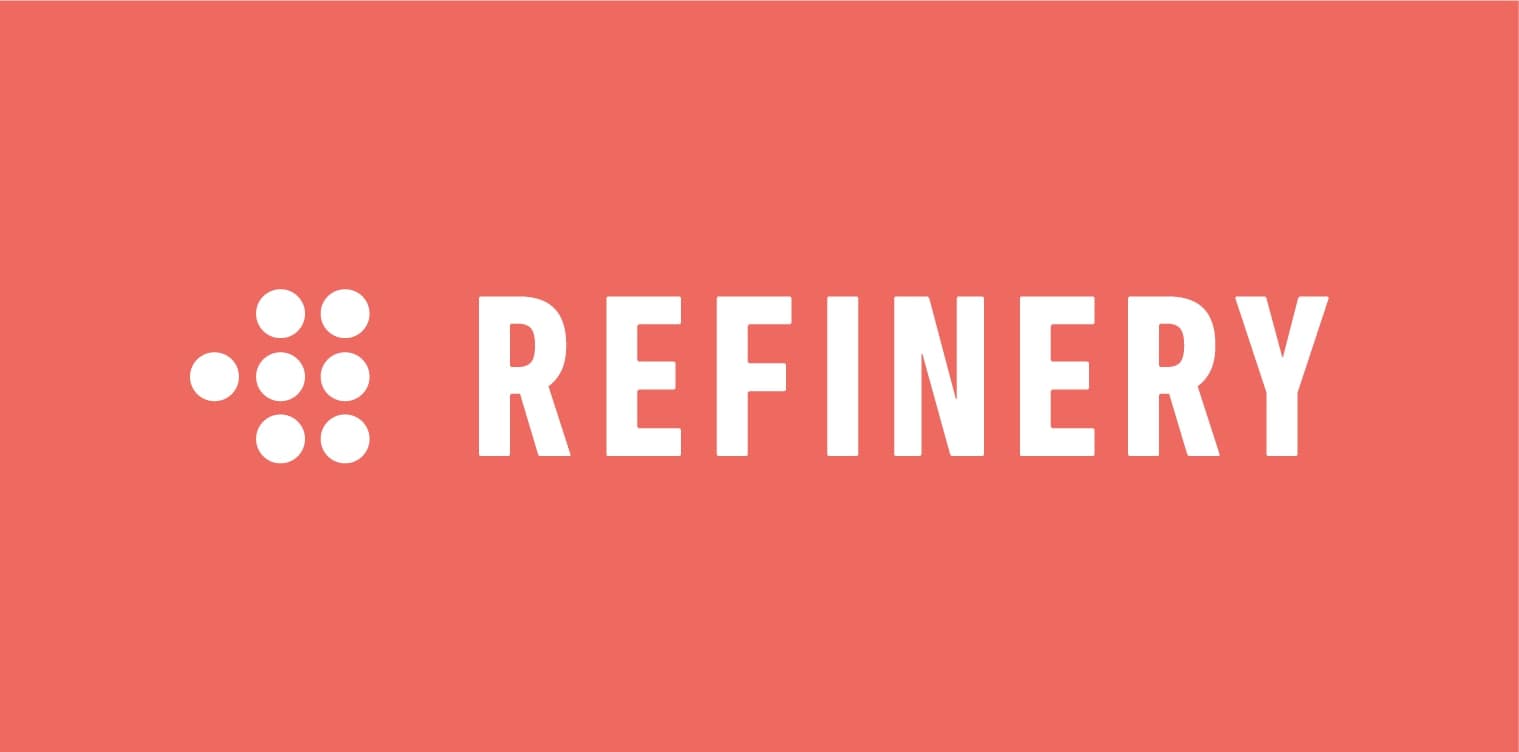People often ask us what they can expect when they sign up their organization to engage in a Refinery Leadership Program. They know – more or less – what they want and what they are looking to achieve. What they don’t know is what it’s going to take to get there, what the program is going to look like, or what they might experience along the way.
The truth is, we can’t tell you what your leadership development program is going to look like because your organization is unique, and your leadership culture has its own norms and belief systems built-in. What we can do, however, is give you a behind-the-scenes glimpse of what goes into designing one of our programs.
Step One – Going Through a Discovery Process
When we first engage in dialogue with our clients, we go through a process of discovery. Through a series of interviews and focus groups, we find out what the client wants to change and what perspectives need to shift in order to achieve that change.
In a way, it’s like writing the first chapter of a novel – we introduce the protagonist – i.e. the type of leader that we want to develop, and we explore the barriers that could be getting their way.
Common themes that emerge during this process often include communication issues, lack of trust, and lack of psychological safety (workers may not feel comfortable speaking up).
Step Two – Developing a Wireframe/High-Level Agenda
After our discovery with the client, we go off and start planning out the main plot of the book. We take a look at the perspectives and behaviours that need to change in order for the client to accomplish their goal. Then we plan out the development process which will include a series of modules, each with specific learning objectives and experiential activities.
One popular activity that we run is called Nigel (named after a child chess prodigy). In this module, we divide the group into three segments –“managers”, “supervisors”, and “workers”. The “managers” are given all the information that they can communicate via walkie-talkie with the “supervisors”. The “supervisors” run back and forth to the “workers” relaying the tasks that need to be completed as per the “managers’ requests”. The “workers” have no information other than what they are told by their “supervisors.”
Typically, the “managers” feel frustrated because the workers are not doing their tasks, the “supervisors” are stressed out from running back and forth, and the “workers” feel out of the loop and disengaged.
Step Three – Introducing the “What if”
After the exercise is over and the group has had a chance to discuss how the experience made them feel, we can introduce a new way of thinking and doing things that allow the managers to relieve themselves of some of the stress and the workers to feel more like they are engaged in the process and have something to contribute. Often what we introduce is the Systems Thinking Framework that was developed by Barry Oshry.
Through a series of exercises, including more simulations and personality discovery such as the DISC assessment, the group then begins to be given the tools they need to achieve the results they really want instead of the frustration of the first exercise – and the frustration they may have been feeling within their organization.
Each participant begins to develop their own protagonist into the leader that they want them to become.
Contact Refinery Leadership today
To learn more about how we can design a leadership program for your organization, give us a call today at (604) 899-4192.
